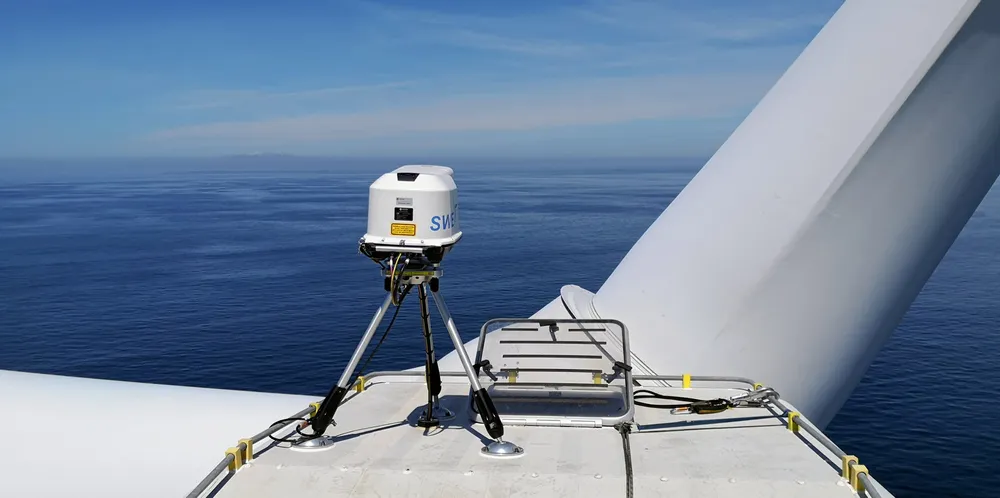Laser focus: wind-reading laser technology installed on floating turbine for first time
Project on FloatGen unit off France aims to develop lighter-weight and lower-cost floating turbine designs

Project on FloatGen unit off France aims to develop lighter-weight and lower-cost floating turbine designs
